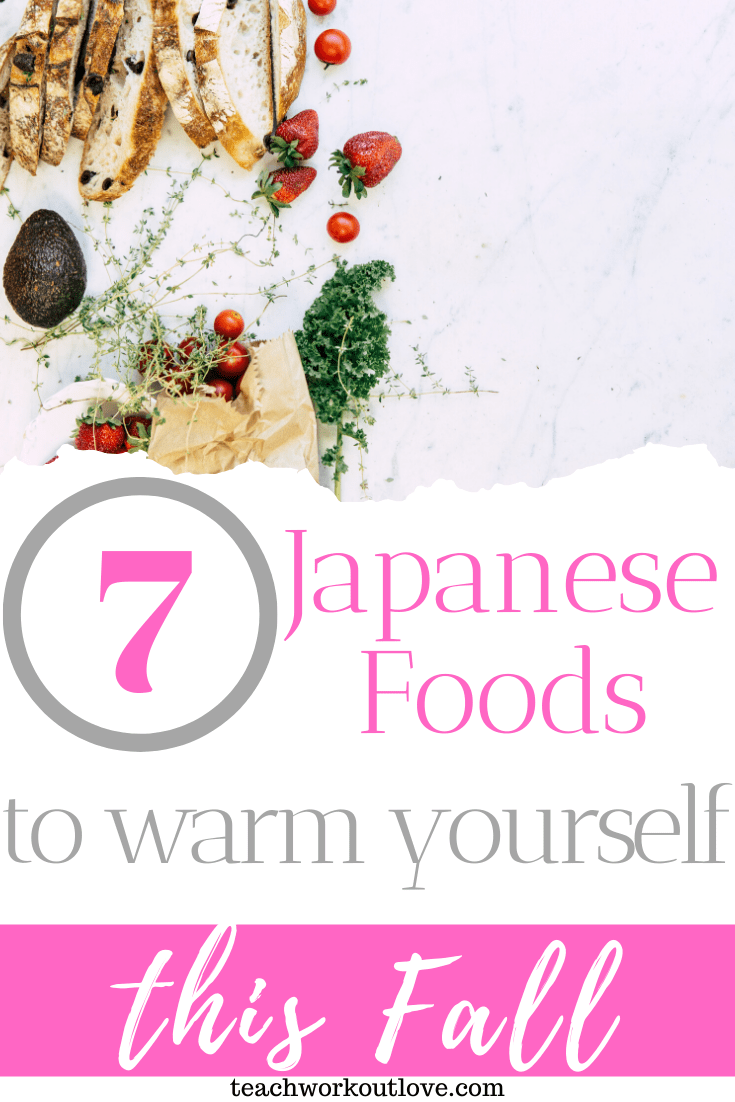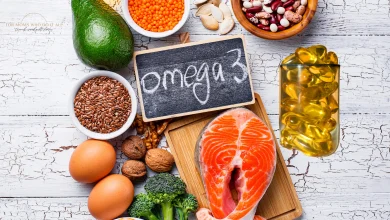
It’s that time of the year to watch red leaves fall to the ground. Fall is like a transition period from the hot summer winds to the cool winter breeze. As you welcome the fall, you should also try out some of the popular Japanese foods to munch on in the autumn season. Here are seven of the seasonal foods you can try to warm yourself.
Sanma (Pacific Saury)

Have you ever eaten sanma before? Sanma is a kind of fish that resembles a long blade and one of the most popular Japanese foods. The kanji characters for sanma translate to “autumn swordfish.” Sanma is very popular during autumn, and it’s also called the Pacific saury in English-speaking countries.
Sanma is usually grilled and salted and is served with daikon and soy sauce to make the fish more flavorful. In some cases, the intestines of the fish are intact so that people can taste the bitterness combined with the daikon soy sauce.
You can grill the fish any way you want to, but grilling it over charcoal is the most preferred method. Sanma is best eaten when it is hot and crispy. You can also add side dishes such as miso soup or mushroom soup for a sumptuous meal.
Matsutake Mushroom Soup

If you’re a fan of the Western mushroom soup, then the matsutake mushroom soup may also be heavenly for you. Matsutake mushrooms are abundant during autumn, which is why this kind of soup is present in many restaurants and households in Japan.
In Japanese, this soup is called matsutake dobin mushi. It is typically served in teapots that are smaller than the regular teapots. The soup can include different ingredients, such as chicken, shrimp, ginkgo nuts, and many others. A citrus fruit like lemon can also be squeezed a little on the soup to add more flavor.
Persimmon (Kaki)

Fall is the season for kaki. If you want to have a nutritious snack, then you can munch on some kaki as you enjoy a delightful afternoon, watching the leaves fall to the ground.
Kaki is best known for its health benefits, such as being rich in dietary fiber, vitamin A, vitamin C, and B-complex vitamins. You can eat it in its raw or dried form. The dried persimmons are called hoshigaki in Japanese.
The persimmons are peeled and then hung from strings to dry underneath the sun. It is the perfect Japanese foods for fall. Once the skin of the persimmons has changed in color, then it’s time to massage them and let them go through some finishing touches. When eaten, they’re moist and chewy, giving off a naturally sweet scent. If you want to eat the persimmon raw, just make sure to wash the fruit first and slice it into pieces.
Sweet Potatoes (Yakiimo)

Another great Japanese foods plate for fall are sweet potatoes. If you stroll around Japan during fall, you can see street vendors selling yakiimo. If the street vendor sells yakiimo through a truck, the vehicle’s sound and appearance are usually symbolic of the autumn season.
Yakiimo is another guilt-free snack to eat during autumn since it also has a lot of health benefits. Once you take a bite of the yakiimo, you’ll find it creamy, soft, and sweet. It’s typically prepared from a stone oven. However, if you want to prepare it yourself, you can use your own oven to re-create the taste of roasted sweet potatoes sold in the streets of Japan.
Oden

If you’re not familiar with Japanese cuisine, you may find oden an odd-looking dish. Oden is a tasty hot-pot dish with a variety of ingredients. The ingredients are then slowly simmered in a soy-sauce-based soup. It can be eaten both during the autumn and the winter.
The typical ingredients of this dish include boiled eggs, daikon radish, fish cakes, konnyaku, and dashi broth. You can choose your own ingredients or follow oden varieties typically found in the regions of Japan, such as the Kanto and Shizuoka versions.
Japanese Chestnut Rice (Kurigohan)

Another symbolic recipe is kurigohan. Kuri is the Japanese word for chestnuts. Kurigohan has been consumed by the Japanese since the prehistoric era. In fact, bits of chestnuts have been found in archeological sites of Jomon period (10,000–200 BC) settlements.
Fresh chestnuts are seasonal in Japan, which is why kurigohan has become an autumn staple for the Japanese. Aside from the rice and the chestnuts, what make kurigohan delicious are the tablespoon of sake (Japanese rice wine), a half tablespoon of sugar, and sesame salt.
Japanese Squash (Kabocha)

Of course, autumn isn’t autumn without the symbolic squash. It’s that time of the year again when orange-colored fruits and vegetables sit atop your dining table. Since the season is also changing, it’s about time to stay healthy and to prepare for colder winds ahead.
The kabocha can be cooked in many ways. For instance, you can prepare it sesame glazed, include it in a vegetable salad, cook it as a soup, or place it on your toasted bread.
Be creative in using your kabocha. There is also a variety of kabocha in Japanese foods restaurants during the fall, so you may want to check them out too.
Extra: For the Sweet Tooth
Fall is indeed the season for hearty and healthy eating. If you’re confused about which Japanese dish to eat next this autumn, let this list help you decide. Know too that these seasonal Japanese foods are best combined with Japanese candy and snacks. This will even out the flavors you’ve just tasted and satisfy your sweet tooth.
Enjoy the exceptional flavors of Japanese foods cuisine this fall!
This post contains affiliate links and I may receive a commission, at no additional cost to you, should you purchase through one of my links. Please see my disclosure for more information.






